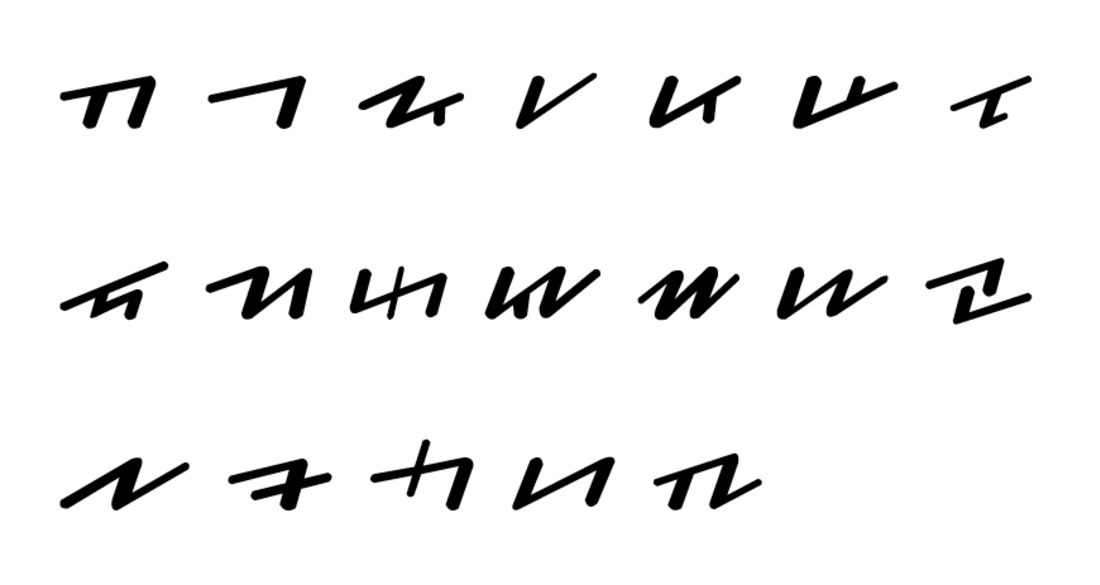Lampung script
Script for writing Lampungic languages From Wikipedia, the free encyclopedia
The Lampung script is an abugida which was traditionally used to write the Lampung and Komering languages. It belongs to the group of Ulu scripts; it has 20 main characters and 13 diacritics.[1]
You can help expand this article with text translated from the corresponding article in Indonesian. (February 2025) Click [show] for important translation instructions.
|
| Part of a series on | |
|---|---|
| |
| Writing systems used in Indonesia | |
| Brahmic scripts | |
| Arabic script | |
| Hangul script | |
| Alphabetical script | |
| Related | |
References
External links
Wikiwand - on
Seamless Wikipedia browsing. On steroids.


